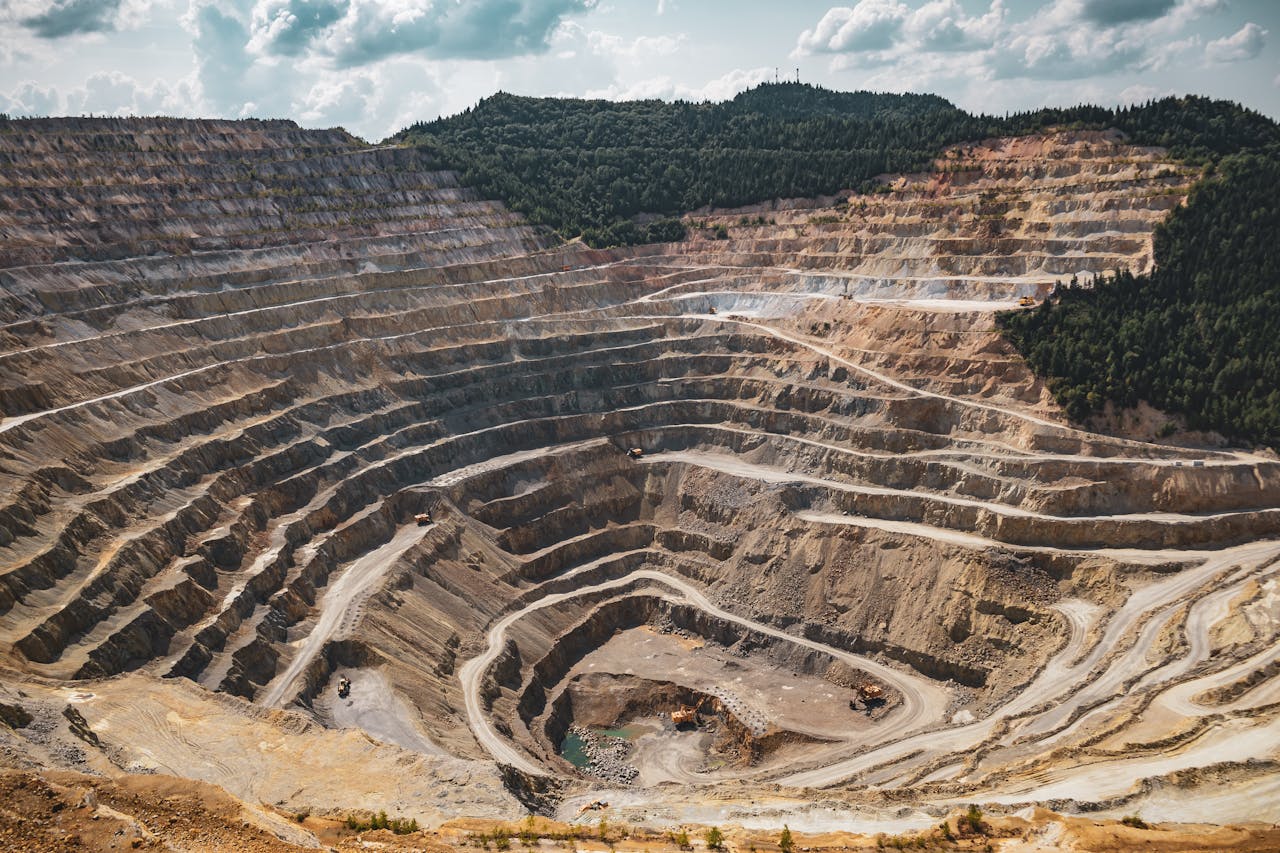Welcome to Fieldnotes! This week, we’re digging into the environmental and social costs of mining key minerals like magnesium and zinc. These minerals are essential for many consumer products, from supplements to electronics, but their extraction comes with significant consequences. Let’s explore the ecological damage, the human cost, and the efforts being made to source these minerals more responsibly.
The Big Picture Magnesium and zinc are vital components in a wide range of products, from dietary supplements and batteries to construction materials and cosmetics. However, the process of extracting these minerals from the earth is anything but benign. Mining operations often involve large-scale land disruption, significant water use, and the release of harmful pollutants into the environment. Moreover, the human cost of mining can be severe, with local communities facing displacement, health risks, and economic exploitation.
The Ecological Damage Caused by Mining
Mining for minerals like magnesium and zinc requires significant land and water resources. The extraction process often involves removing vast amounts of soil and rock, which can lead to deforestation, loss of biodiversity, and soil erosion. In addition, mining activities can contaminate nearby water sources with heavy metals and toxic chemicals, leading to long-term damage to aquatic ecosystems.
For example, open-pit mining, one of the most common methods for extracting magnesium, can leave behind massive scars on the landscape that take decades or even centuries to recover. The processing of these minerals also generates large amounts of waste, further contributing to environmental degradation. The pollution from these activities doesn’t just stay local—it can spread to affect entire regions, harming wildlife and human populations alike.
The Human Cost of Mineral Extraction
The social impacts of mining are often just as devastating as the environmental ones. In many regions, mining operations are associated with forced displacement, unsafe working conditions, and exploitation of labor. Local communities, particularly in developing countries, may see little benefit from the wealth generated by these resources, while bearing the brunt of the negative impacts.
Health risks are also a major concern. Exposure to toxic substances released during mining and processing can lead to serious health issues, including respiratory problems, skin conditions, and even long-term illnesses like cancer. The lack of proper safety regulations and enforcement exacerbates these risks, putting miners and nearby residents at significant risk.
Success Stories: Moving Toward Sustainable Sourcing
Despite the challenges, there are growing efforts to make mineral extraction more sustainable and ethical. Some companies are leading the charge by adopting responsible sourcing practices and investing in cleaner technologies. For instance, initiatives like the Responsible Minerals Initiative (RMI) work to ensure that minerals are sourced in ways that respect human rights and minimize environmental impact. Companies participating in the RMI commit to improving transparency and traceability in their supply chains, making it easier for consumers to choose products that align with their values.
Another positive development is the rise of recycling and closed-loop systems, which aim to recover and reuse minerals from end-of-life products. By reducing the need for new mining, these systems help to decrease the environmental footprint of mineral extraction. Some companies are even exploring the potential of extracting minerals from seawater, which could provide a more sustainable alternative to traditional mining methods.
How Consumers Can Support Responsible Mining
As consumers, our choices can help drive the demand for more sustainable and ethical mineral sourcing. Here are a few ways to make a difference:
- Look for Certified Products: Support brands that prioritize responsible sourcing and are transparent about their supply chains. Certifications like Fairmined and those from the Responsible Minerals Initiative are good indicators of ethical practices.
- Choose Recycled Materials: Opt for products made from recycled materials whenever possible. This reduces the need for new mining and helps close the loop on resource use.
- Support Companies with a Commitment to Sustainability: Many companies are taking steps to source minerals more responsibly and reduce their environmental impact. Research the brands you buy from and choose those with strong sustainability policies.
- Advocate for Change: Raise awareness about the environmental and social impacts of mineral extraction and encourage others to make informed choices. Advocacy can also include supporting policies that promote responsible mining practices.
What’s Next? The road to responsible mineral sourcing is long, but progress is being made. By choosing products that align with our values and supporting companies committed to sustainability, we can help reduce the environmental and social costs of mineral extraction. Together, we can ensure that the minerals we rely on are sourced in ways that protect both people and the planet.
Until next time, let’s continue to dig deep for solutions that make a positive impact.
— The Freshfield Team












Share:
Don't be an Ostrich
Turning the Tide on Ocean Plastic—A Story of Hope and Action